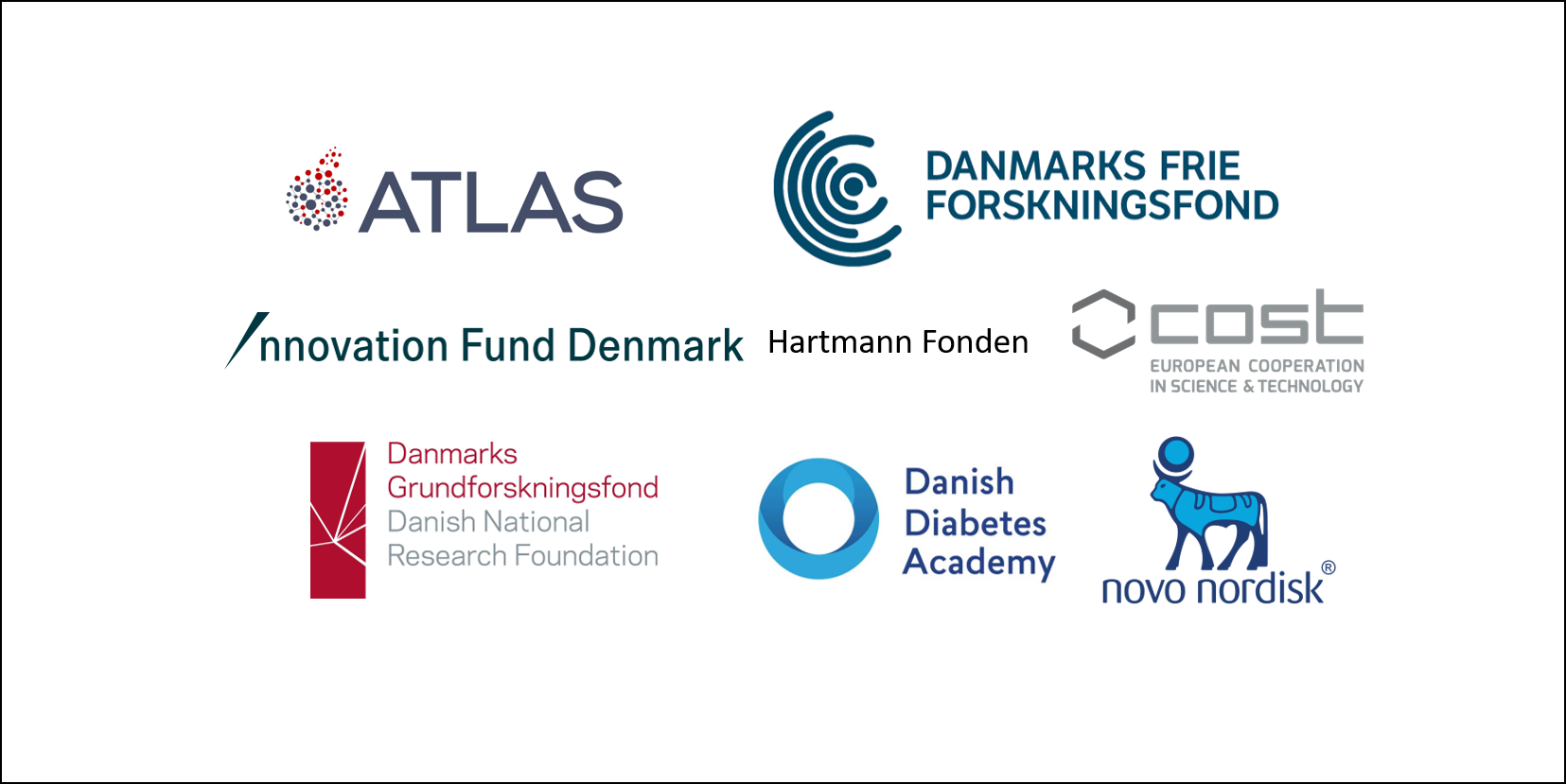Microvascular transport and barrier function in health and disease
NASH involving liver inflammation and fibrogenesis are the results of longer-term metabolic imbalances eventually leading to insults on the liver tissue. Our current understanding of disease progression suggests that the liver tissue cycles between rounds of localized wound-healing and resolution. Disease progression is hence increasingly viewed as a highly dynamic process. At the same time, recent studies have taught us that, contrary to previous belief, resolution of chronic liver disease is indeed possible.
At the cellular level, the described cycling would correspond to cells undergoing similar cyclic adaptations to the shifting phases or cells constantly being replaced by new cells. In both processes, the cellular and contextual memory of the tissue is critical for shaping the response to repeated injury. We are working to define, distinguish, and explore the cellular and contextual memory instilled in the fibrotic and post-fibrotic liver and how it guides the wound healing response.
Project description by postdoc Laura Almalé
Chronic liver disease (CLD) is a progressive deterioration of liver morphology and function in the presence of persistent injury and constitutes a major global health problem. In recent times, the number of patients with CLD has been increasing, and CLD is becoming a common, hard-to-tackle clinical challenge due to the lack of effective therapies. This chronic process is associated with hepatic inflammation and fibrosis (accumulation of scar tissue), in which fibrogenic myofibroblasts derived from activated hepatic stellates cells (HSCs) play a critical role. Thus, myofibroblast/HSC inactivation becomes an attractive treatment strategy, especially since there is evidence supporting the idea that fibrotic processes are reversible. Although the mechanisms behind the reversion of liver fibrosis need to be clarified, even less is known about the susceptibility to fibrosis recurrence upon repeated injury. Taking this into consideration, the aim of this project is to characterize myofibroblast/HSC dynamics at the single-cell level during the induction, regression, and reinduction of liver fibrosis, thereby providing novel insights into the ‘fibrotic memory’ of the liver. For that, we apply bulk and single-cell RNA sequencing technology, among other techniques, on transgenic mouse models and human samples. This will provide us with immense volumes of biological information to help us elucidate the dynamicity of hepatic fibrosis.
-
![]()
Ravnskjaer Group fundings
